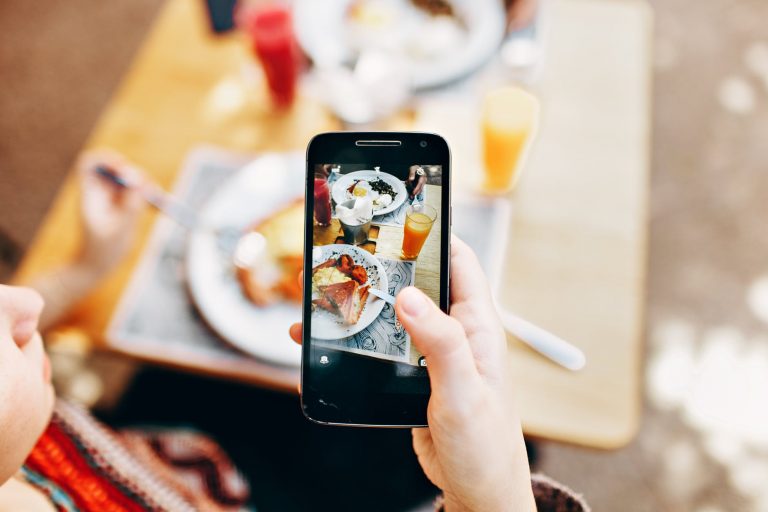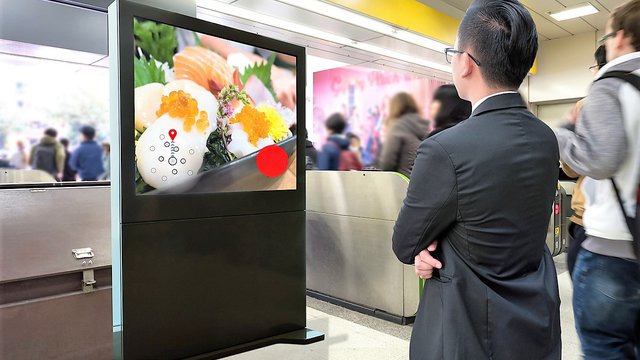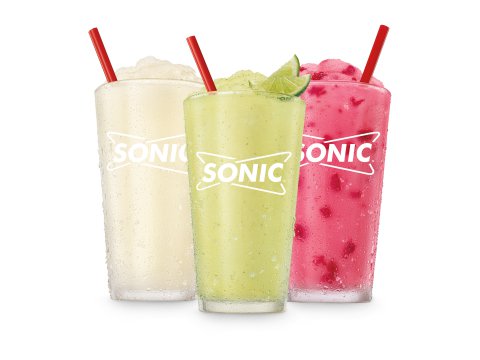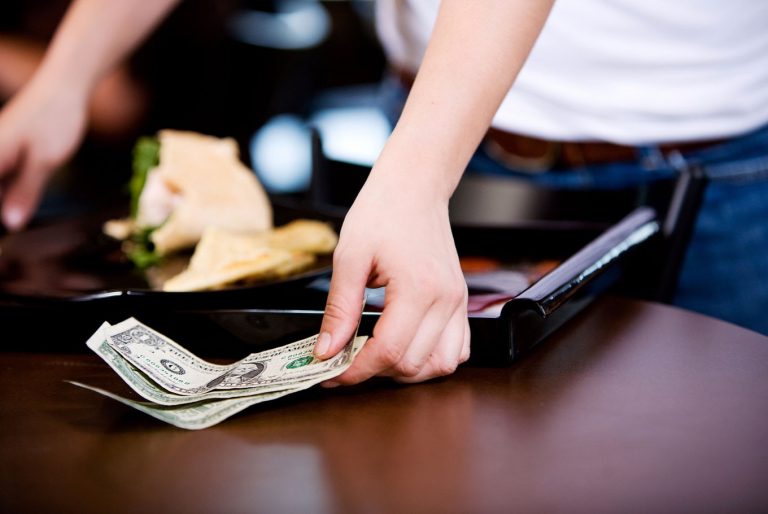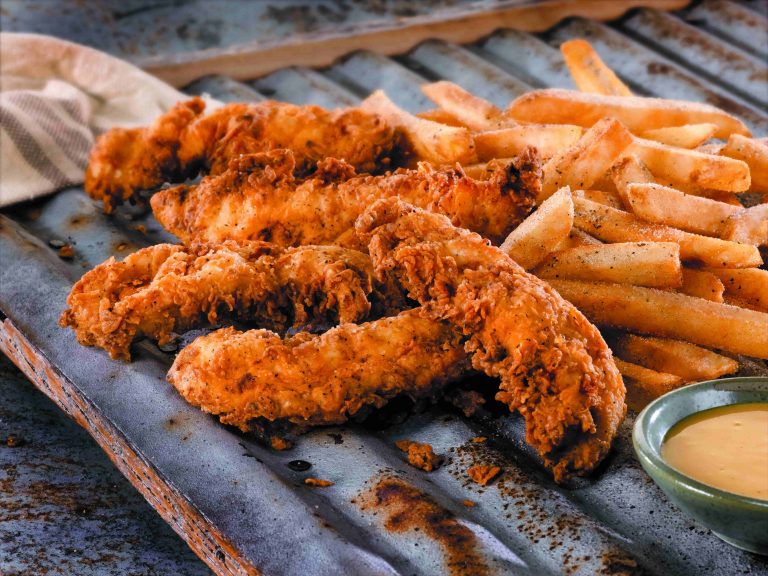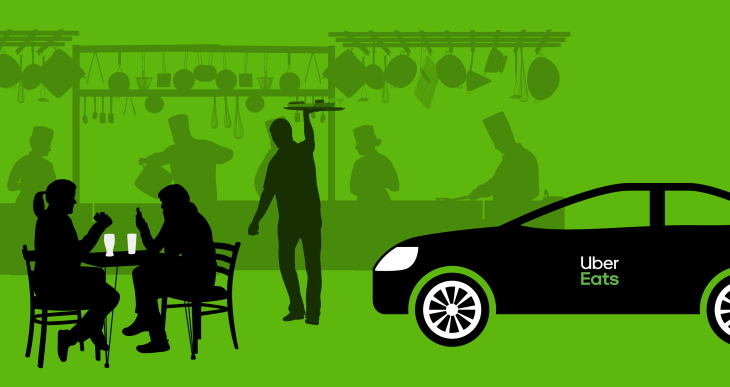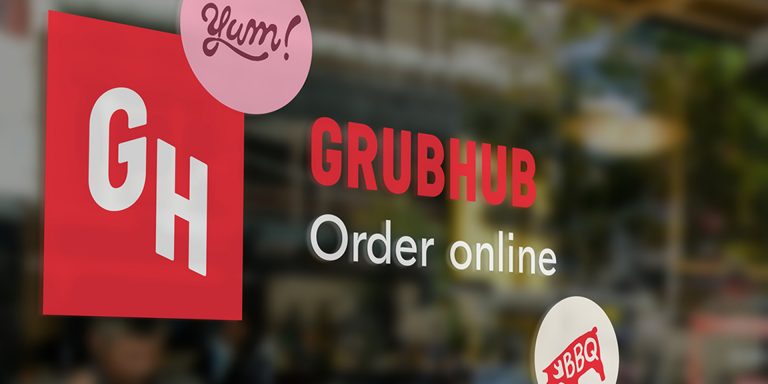In today’s shifting restaurant scene, it takes more than great food, fantastic service and a cool atmosphere to gain an edge — you also need to have the right technology to keep up with changing customer preferences. Restaurants increasingly see the value in boosting the customer experience by using the latest point-of-sale (POS) technology as a hub for online ordering, mobile payments, digital receipts and loyalty programs.
That’s the message food service and restaurant industry professionals delivered recently through a TD Bank survey at the International Restaurant & Food Service Show of New York. Just more than half of respondents (52%) predict online ordering will have the biggest impact on payments in their industry over the next two years, yet 57% say they don’t currently offer it.
Younger, tech-dependent patrons increasingly expect dining establishments to use POS technology to make ordering and food delivery faster and the overall experience more enjoyable. Meanwhile, more restaurant owners and managers believe POS solutions will help them improve customer loyalty, increase sales revenues and stay competitive.
Establishments that forego this technology — or adopt piecemeal solutions that offer sub-standard or disconnected features — run the risk of falling behind competitors and losing customers. Fortunately, resources are available to help them find the best POS technology solutions for their businesses.
Technology-savvy customers have high expectations
Millennial and Gen-Z consumers, fast becoming the driving force behind restaurant revenues according to a recent National Restaurant Association report, are accustomed to accessing things they want and need quickly, and usually on their phones (but not via a phone call). Consequently, they’ll seek out shopping, entertainment and dining options that provide these benefits through seamless online ordering and payment technology, making premium POS solutions a necessity.
For restaurants, that means outfitting themselves with the kind of POS solutions that offer features that are most in demand. Almost three-quarters of survey respondents (74%) identify mobile payment acceptance as the POS feature with which they’re most familiar. In addition, mobile payments rank as the most appealing feature of POS systems, 66% of respondents say, followed by digital receipts (52%) and loyalty programs (36%).
Providing the solutions
Running loyalty and rewards programs are an easy way to create repeat customers. And technology can help make introducing these programs more palatable for restaurant owners.
Most of this year’s survey respondents (71%) say they do not offer any type of rewards or loyalty program, even though this year’s respondents identified it as the third most appealing POS feature. One year earlier more than half of those polled agreed rewards programs would help their businesses. Furthermore, fewer than half of survey respondents (49%) say they currently use a POS system that offers additional services such as data capture and payroll functionality.
Restaurants can turn to a merchant solutions provider to help them reconcile this dichotomy of customer demand and lack of supporting technology. Merchant solutions providers specialize in POS technology and can help businesses evaluate different products and features and decide what works best for them.
Your waiter will be with you shortly
When it comes to POS technology, merchant solutions providers offer a wealth of services and products that go beyond a card swipe and address the latest data and payments trends. Popular choices include app-based systems that work on multiple devices.
A tablet-based device, for instance, can be a good starting point for managing reservations, staff scheduling or rewards programs. Linking to a cloud-based system instead of relying on hardware makes this solution more adaptable to whatever technology comes next.
Getting more specific, POS solutions now come with a host of convenient features that restaurants should consider. Depending on their operation, restaurants should look for systems that let them:
- Assign waitstaff and transfer orders between servers
- Build a customized floor plan
- Manage table turnover by monitoring open tables and seat guests more rapidly
- Modify orders with detailed descriptors
- Send orders to the kitchen as soon as they’re placed
- Split bills to customers’ specifications
- Offer guests credit, debit, contactless or mobile payment options
- Launch promotional campaigns
- Receive feedback directly
- Offer and accept gift cards
- Manage a full loyalty program
Today, leveraging emerging technologies to set up loyalty programs, online ordering capabilities and mobile payment solutions is fast becoming a necessity. These tools help restaurants meet customer expectations, particularly among younger patrons. Savvy restaurateurs should look to merchant solutions providers for a one-stop shop to help them stay abreast of these rapidly advancing industry trends.


